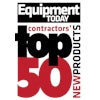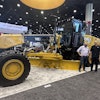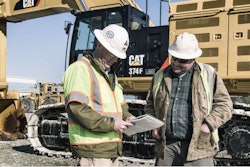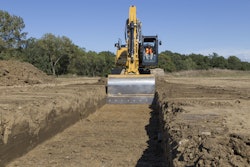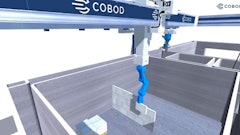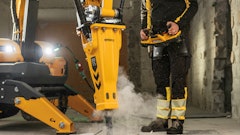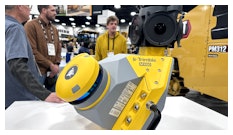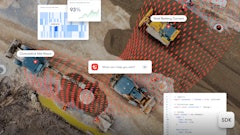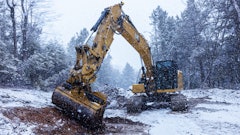
Technology is an investment, so it makes sense to take your time and not just jump in. I work with many contractors who are losing bids to competitors using grade control systems and are eager to get ahead by adding grading technology to their fleet. The challenge comes in sorting out the various options and understanding what makes the most sense for their business.
Recently, we worked with an excavating contractor in Utah, Brenan Newman, who is training his 19-year-old son in an excavator with Cat Grade with Assist.
“He dug a basement by himself without a grade checker,” Brenen says. “The footing guys said, ‘I don’t know who you have digging basements now, but that’s who we want in front of us from now on. It’s the flattest basement we’ve had in a long time.’”
The Grade with Assist technology was a great fit in this case because the system automates bucket movements to maintain a constant bucket angle throughout the cut, and the bucket angle can be automatically recalled for subsequent passes. The system prevents the cutting edge from penetrating below grade. It increases the grading speed of a less experienced operator because grade accuracy is controlled by the machine.
This also worked well in the budget, because it’s a sort of middle step between indicate-only grading systems and full-blown 3D GPS systems. This system allows a contractor to gain experience with grading technology at a lower price point, generate additional revenue and evaluate when, if ever, the move to 3D grading would be the right decision for his business.
To determine what kind of grading system could work for your operators and your budget, here are some key criteria I encourage customers to consider:
- Know what type of tasks (what is the application) you need to accomplish with the machine and technology—a specific challenge? Indoors or outside with a direct line of site to satellites? Grade tolerances? Talk to your equipment supplier for recommendations on machines and technology configuration(s) that are best suited to maximize your profitability.
- Find out if your equipment supplier has the technology you’re looking for in the rental fleet or in the demo area. There’s no substitute for some hands-on experience and firsthand witnessing of the benefits technology offers.
- Ask them to explain to you how built-in technologies are different than add-on aftermarket technologies, and show you the kinds of advantages you get in control.
- Ask about the differences between 2D and 3D options where applicable, or about the different types or modes available in the technology you’re looking for.
Most customers say it takes about two months of working steadily with the technology to get to a predictable state of “normal operation.” Once you and your operators are comfortable, then you can look at the benefits and make a solid evaluation.

